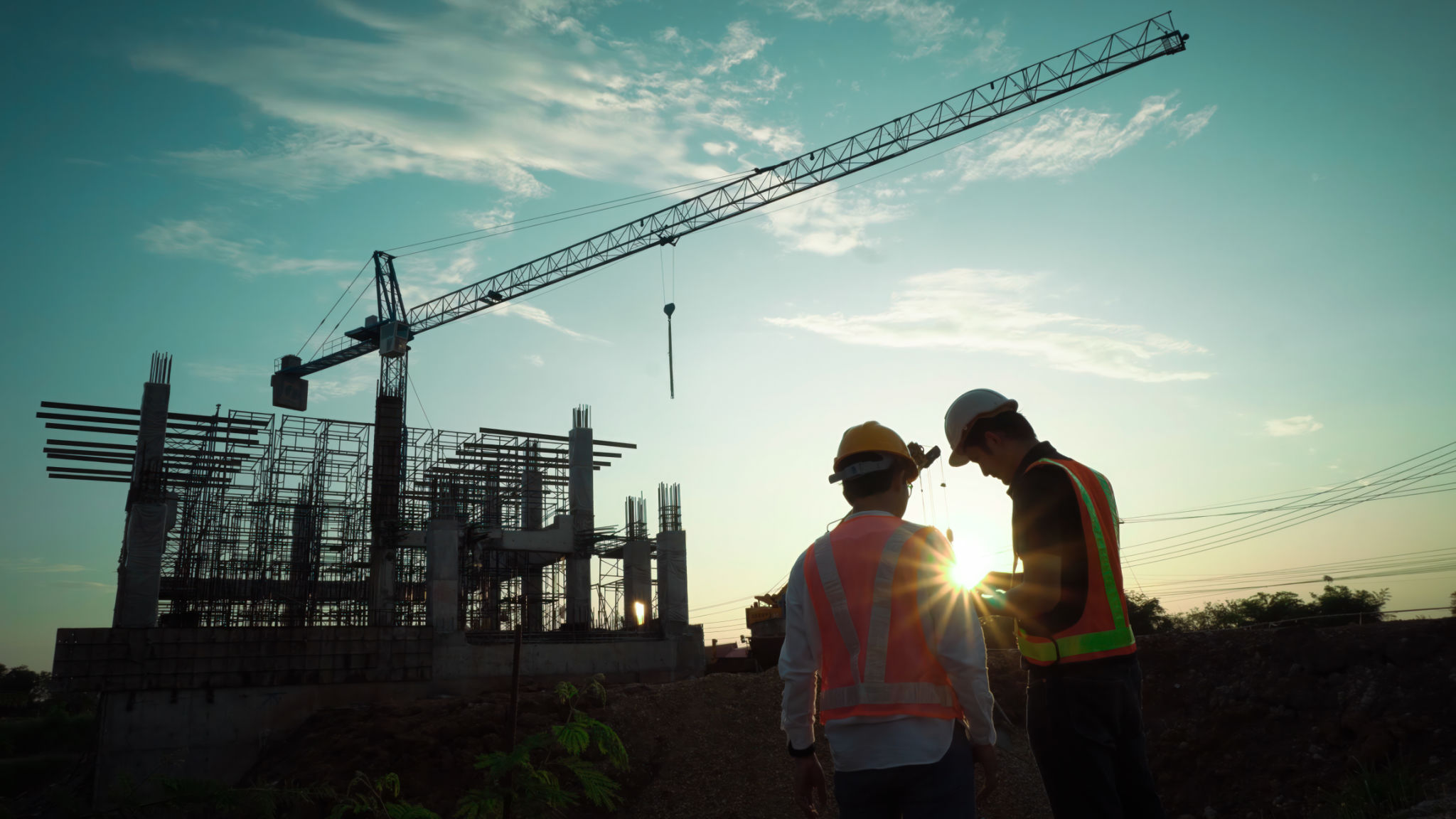Why Temporary Scaffolds are Essential for Construction Projects in SA
SM
The Importance of Temporary Scaffolds in Construction
In the world of construction, temporary scaffolds play a critical role in ensuring both safety and efficiency. Particularly in South Africa, where the construction industry is booming, understanding the significance of these structures is essential. Temporary scaffolds provide a sturdy platform for workers to perform their tasks at various heights, which is crucial for projects involving tall structures.

Safety Comes First
One of the primary reasons temporary scaffolds are indispensable is the safety they offer. These scaffolds provide secure access to elevated work areas, reducing the risk of falls and other accidents. In South Africa, where regulations around workplace safety are stringent, using properly installed and maintained scaffolding is not just a recommendation—it's a requirement.
With the capability to support both workers and materials, scaffolds are designed to withstand significant weight. This means that workers can carry out their duties with peace of mind, knowing that their workspace is stable and secure.
Enhanced Efficiency and Accessibility
Temporary scaffolds greatly enhance the efficiency of construction projects. By offering easy access to challenging areas of a building or structure, they allow workers to complete their tasks more quickly and effectively. This accessibility is particularly important for large-scale projects, where multiple teams may need to work simultaneously at different heights.

Moreover, scaffolds are adaptable and can be configured to meet the specific needs of a project. This flexibility ensures that they can accommodate a range of tasks, from painting and plastering to installing windows or roofing.
Cost-Effectiveness
Another advantage of using temporary scaffolds is their cost-effectiveness. While purchasing permanent scaffolding can be expensive, renting temporary scaffolds provides a budget-friendly alternative without compromising on quality or safety. This option allows construction companies to allocate resources more efficiently, investing in other critical areas of their projects.
Furthermore, by preventing accidents and improving productivity, temporary scaffolds can indirectly lead to significant cost savings over the duration of a project.

Compliance with Regulations
In South Africa, compliance with local building regulations and standards is crucial for any construction project. Temporary scaffolds help ensure that sites adhere to these regulations by providing safe working conditions. Companies that fail to comply risk facing fines or project delays, which can be both costly and damaging to their reputation.
The use of high-quality scaffolding that meets industry standards demonstrates a commitment to safety and professionalism, enhancing a company's reputation in the competitive construction market.
The Future of Scaffolding in Construction
As technology advances, so too does the design and functionality of temporary scaffolds. Innovations such as lightweight materials and modular designs are making scaffolding even more efficient and easier to install. For South African construction companies looking to stay ahead, embracing these advancements can provide a competitive edge.
The growing emphasis on sustainability in construction is also influencing scaffold design. Eco-friendly materials and reusable components are becoming more popular, aligning with global trends towards greener building practices.
Conclusion
In summary, temporary scaffolds are an essential component of construction projects in South Africa. They provide safety, efficiency, cost-effectiveness, and compliance with regulations—all crucial factors for successful project completion. As the construction industry continues to evolve, so too will the role and design of scaffolding systems, ensuring they remain a vital asset for builders worldwide.
